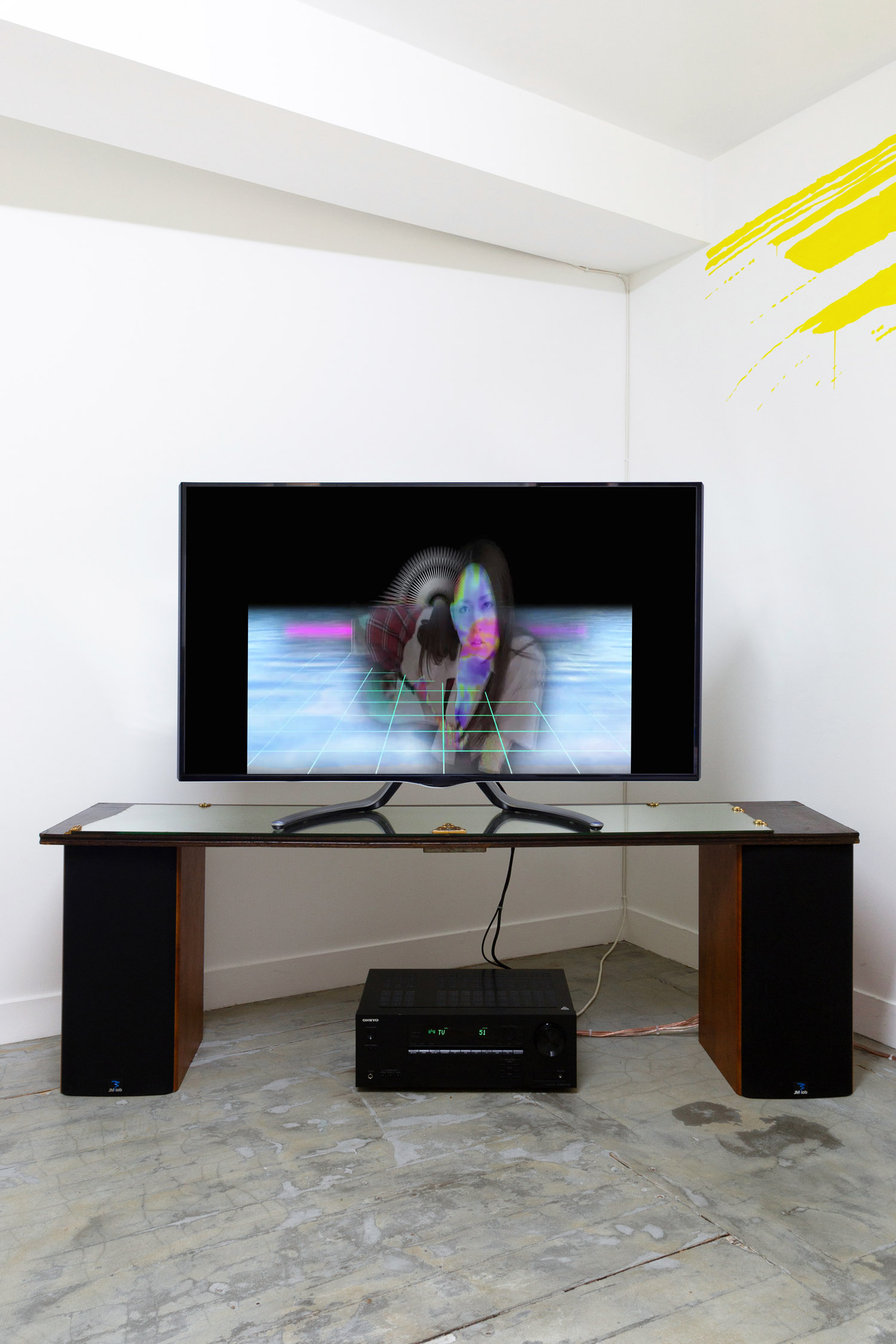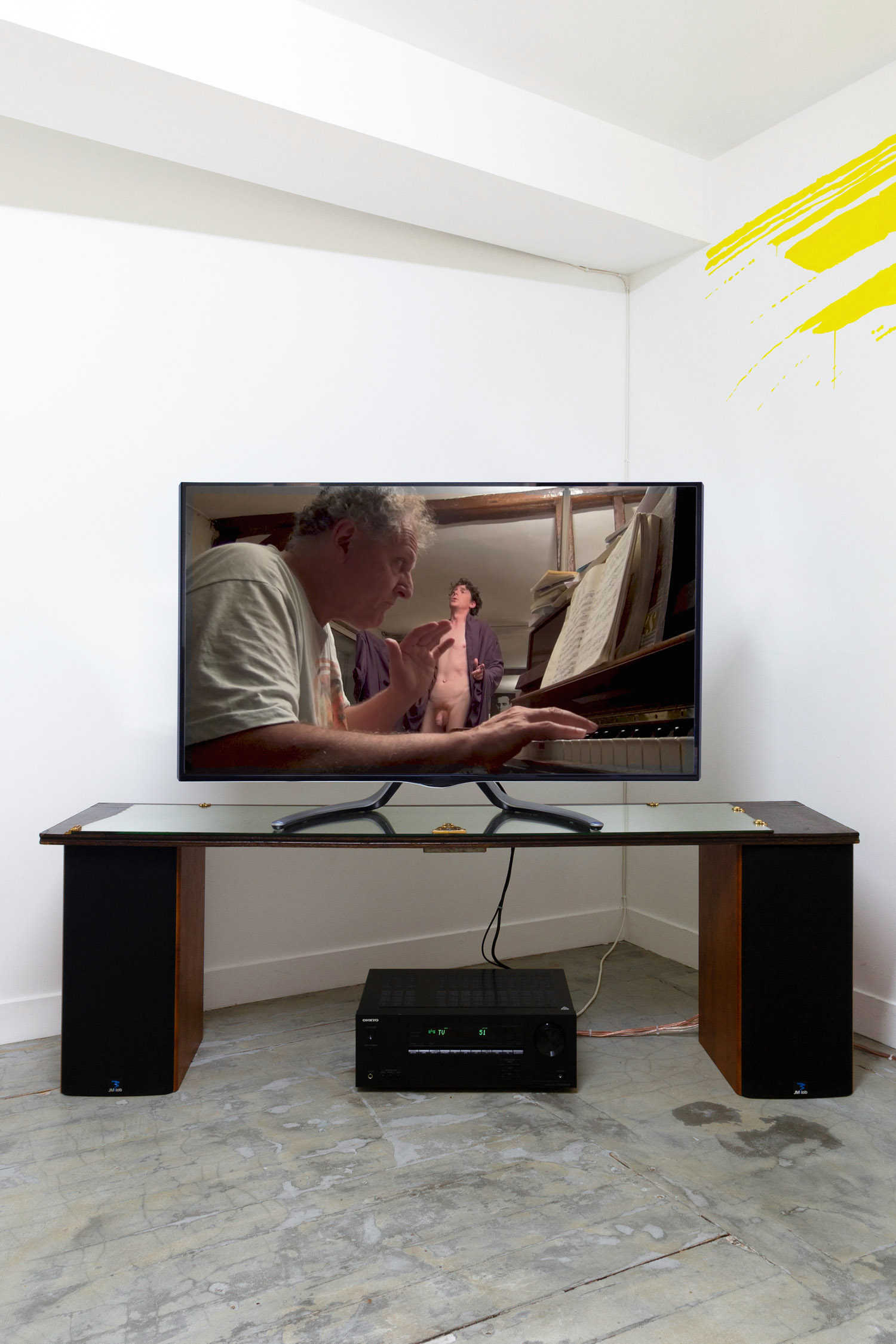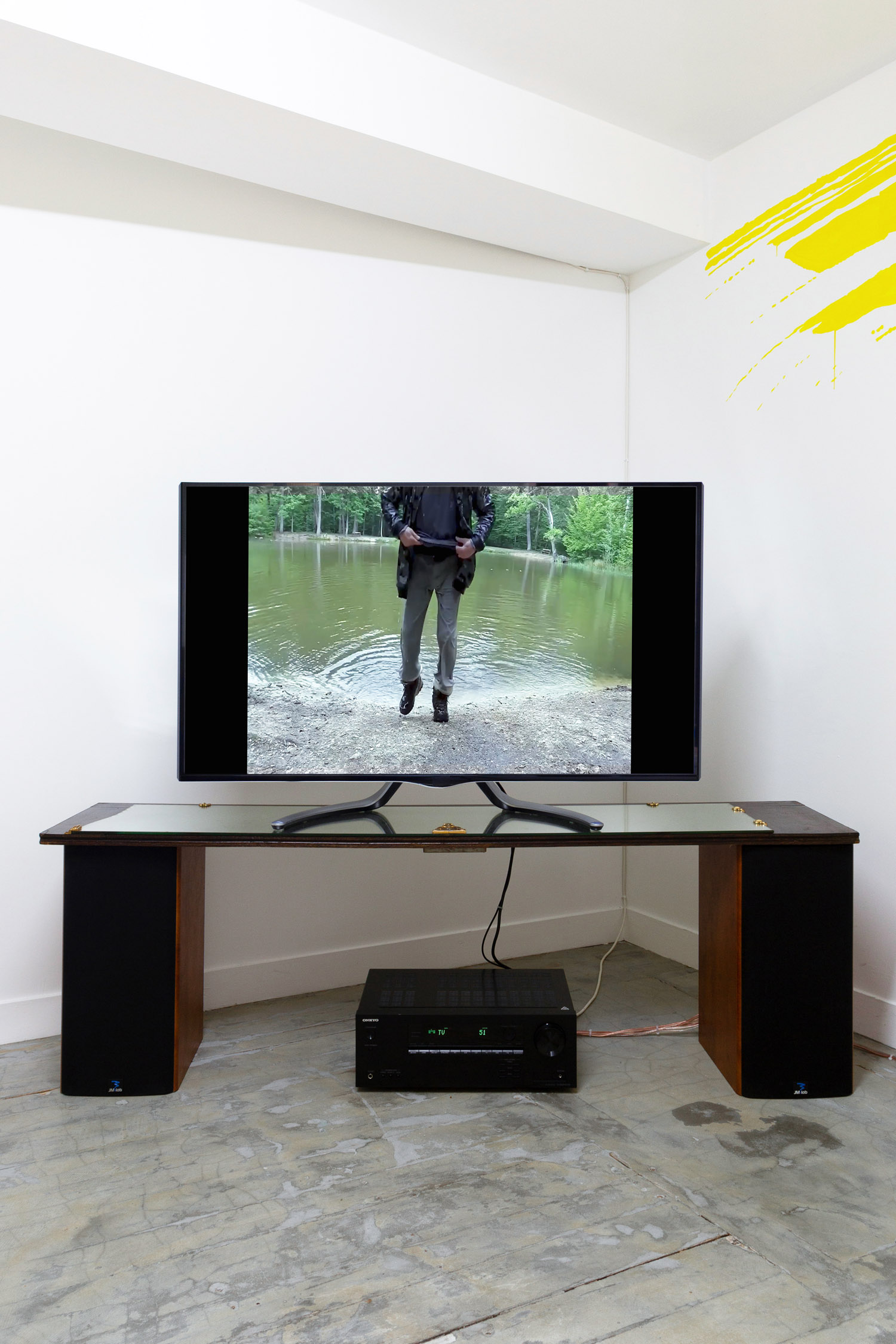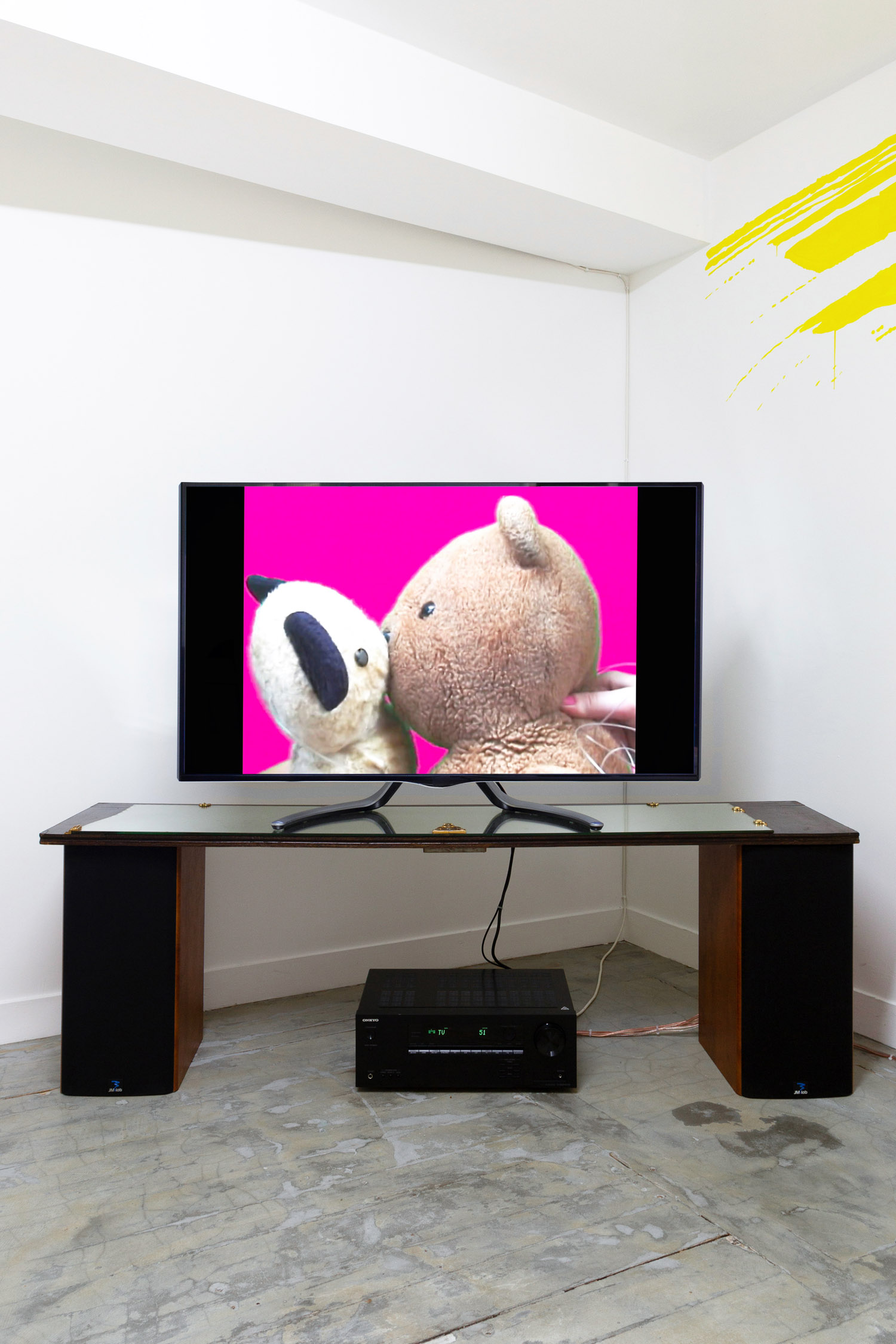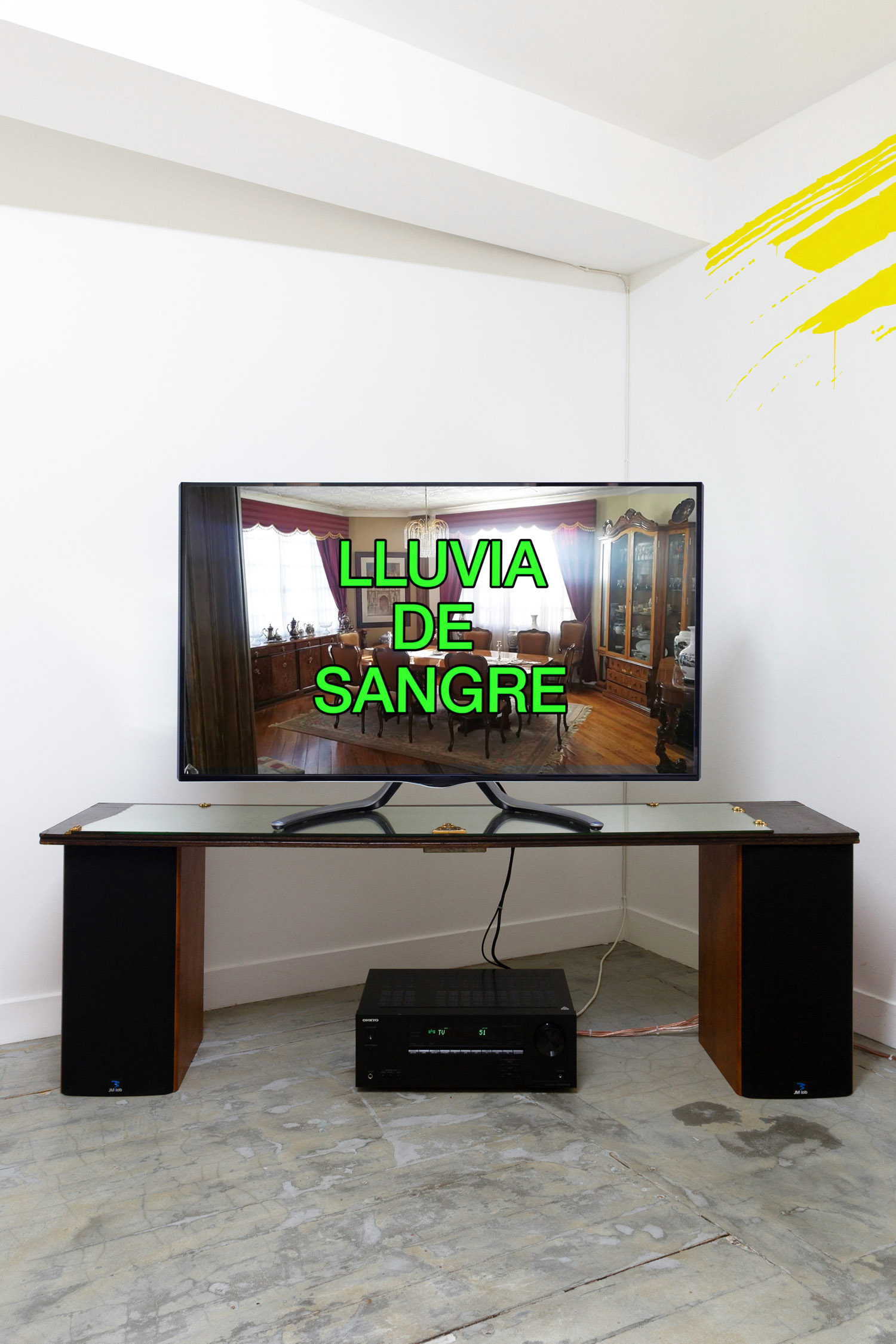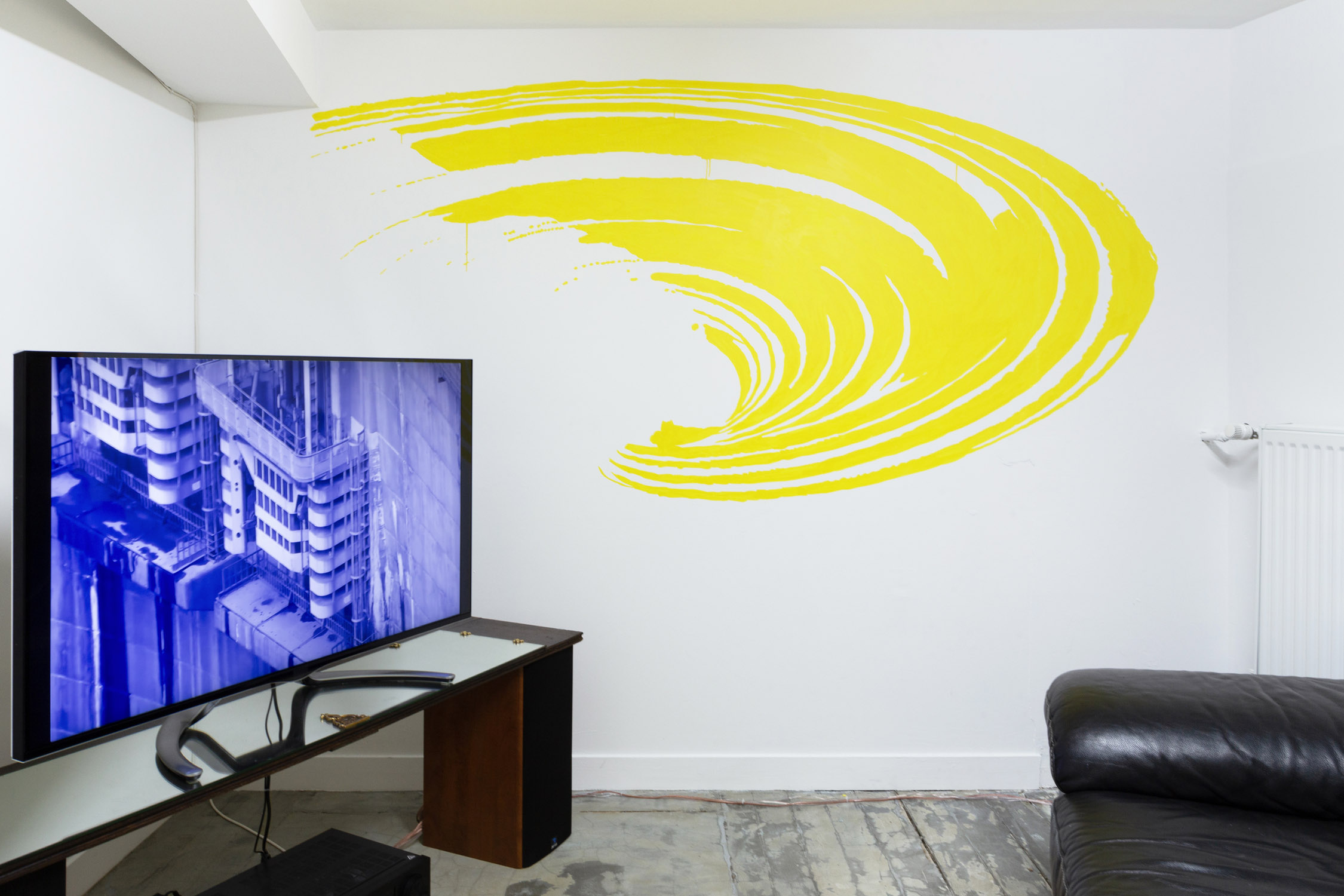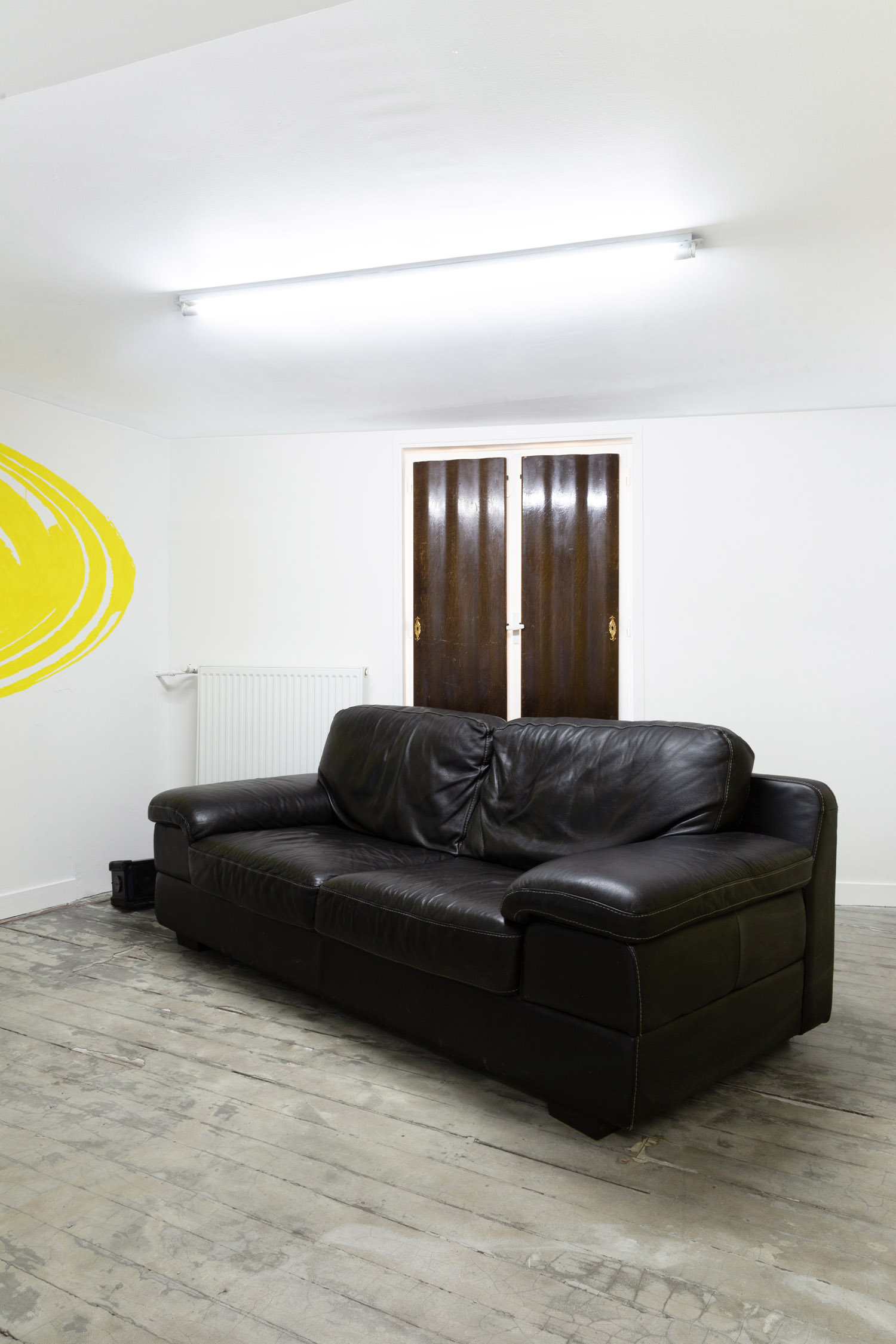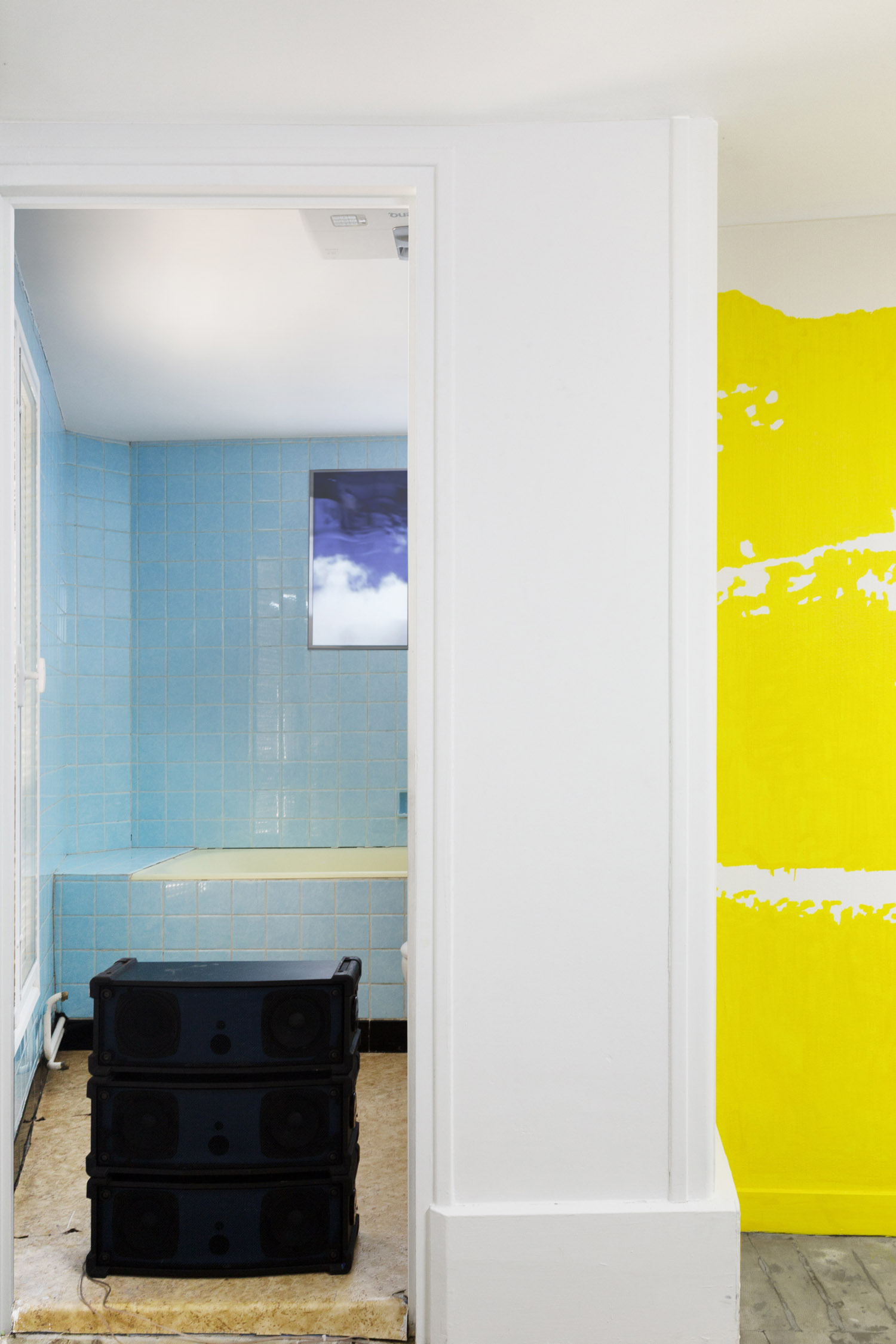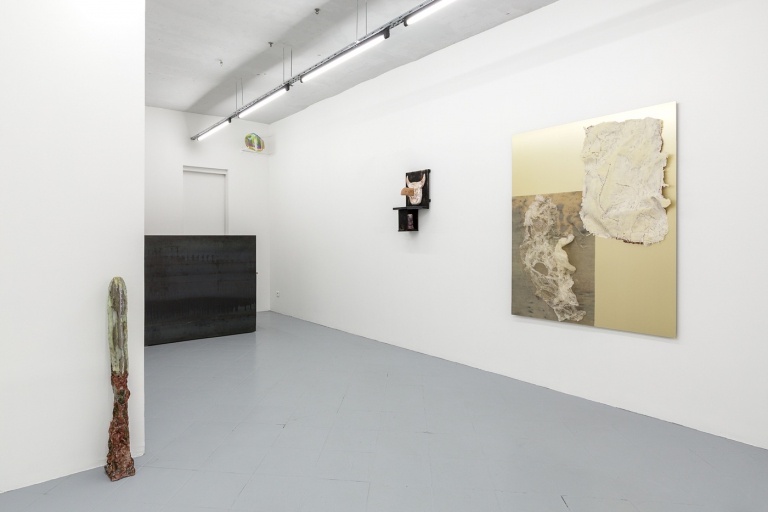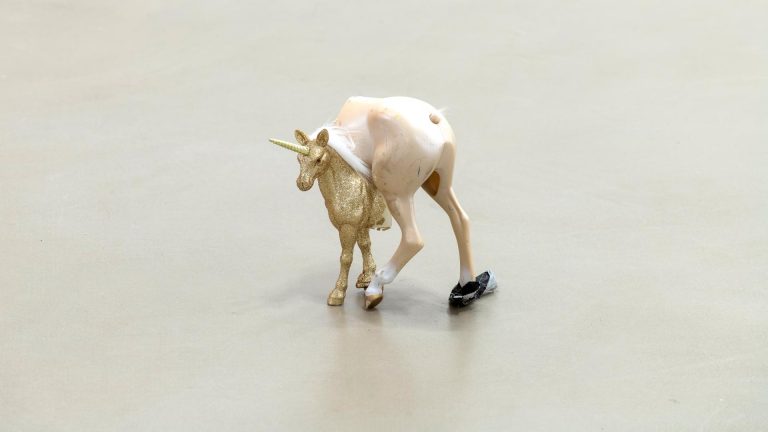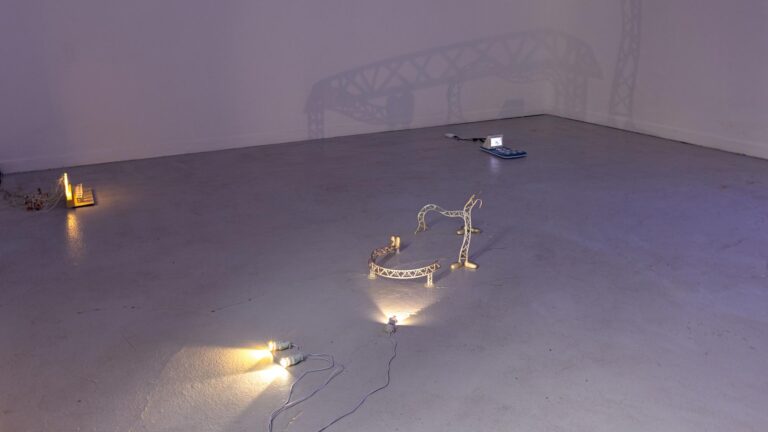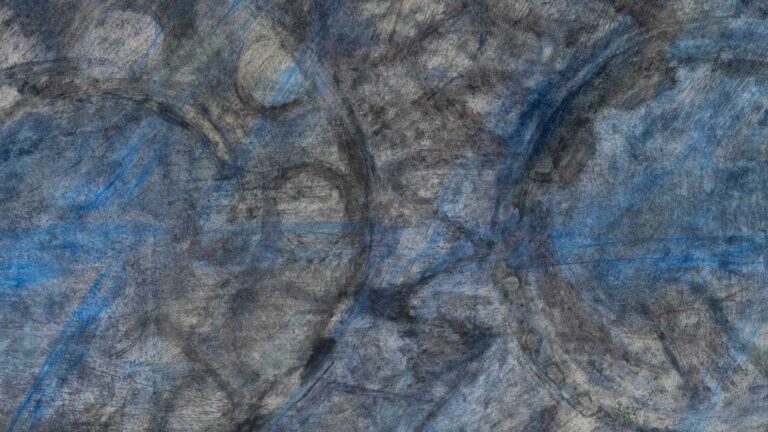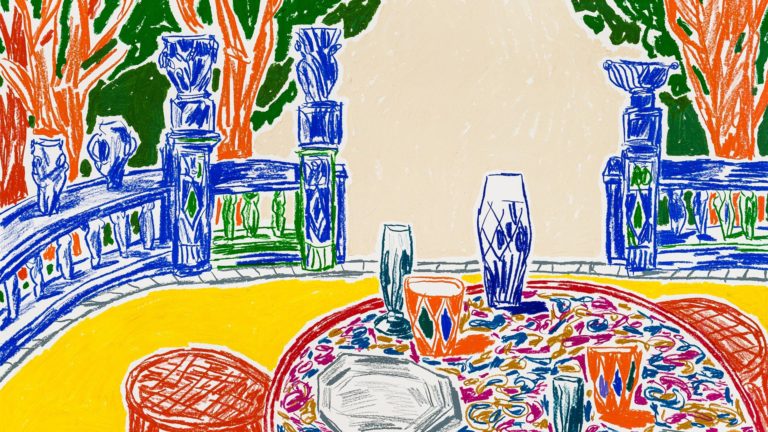Artists: Alfredo Coloma, Sabine Harosteguy, Ahmi Kim, Maggie Lee, Flavio Merlo, Ben Rosenthal, Luca Rossi Dossi, Morgan Quaintance, Aqua, Marina Veen
Exhibition title: Lost Undertone Burgundy
Curated by: Douna Lim and Théo Pesso
Venue: Café des Glaces, Tonnerre, France
Date: April 30 – June 15, 2024
Photography: all images copyright and courtesy of the artists and Café des Glaces
Lost Undertone Burgundy presents itself as an enigmatic collection of lost media merging in a disquieting dance with oblivion. The eclectic selection of works from clandestine films to forgotten archives outlines the contours of a universe where the mazes of the absurd and the discordant symphony twist and contradict each other.
With : Alfredo Coloma, Sabine Harosteguy, Ahmi Kim, Maggie Lee, Flavio Merlo et Ben Rosenthal, Luca Rossi Dossi, Morgan
Quaintance, Aqua et Marina Veen. Screening of the film Letter from Sapporo by Morgan Quaintance on the 15th of June 2024.
Lost Undertone Burgundy takes as its starting point the hypothesis of an object lost in a mass. The selected works bring together films by artists, amateurs and anonymous as found in social media, cinema and music production. It imagines a speculative narrative around “lost media”: What can we observe in a shapeless hole of media? Here, a soundtrack both guides and confuses. The soundtrack of the films shapes the partition of the exhibition. The works echo as an ensemble, creating a subterranean state of impermanence. It’s an attempt to capture through recordings and to embody a memory of sensation.
During the exhibition’s finissage on the 15th of June, there will be a one-off screening of Morgan Quaintance’s film Letter from Sapporo. This film presents the videos of some 16 participants who filmed the Japanese city with their smartphones. In Quaintance’s fine montage, the filmmaker edits the fragmented material and creates an original musical soundtrack. A community in the city of Sapporo collectively appropriates the film-making and Quaintance never seems to alienate the context of film-making, specifically by withdrawing himself in the process itself.
Perhaps that’s part of the artist’s fantasy to disappear by delegating the production process, as in Alfredo Coloma’s video OUTSOURCING which shows a series of photographs taken by his father. This tendency can be seen in industrial-scale production where we can find multiple ways of removing oneself from the production process. The music industry – among others – benefits from visual artists or film-makers for their technical or craftsmanship appreciation within the cultural production chain.
Among the many famous examples (not to mention Yokoo Tadanori, infamous for his paintings, but legendary for his cover designs for Miles Davis, Santana, Tangerine Dream and the Beatles…), artist Maggie Lee directed Angel Landing, a video clip for New York indie-rock band Pretty Sick. However this production model – known in the business world as “outsourcing” – some works never see the light of day. This may be due to a lack of interest on the part of funders, or simply to budget cuts, not that uncommon occurrence. Such is the case of Sabine Harosteguy, filmmaker and painter based in Brunoy, Essonne and her film Conversations. In 2016, she met a couple : a classical music composer and a tenor singer. They asked her to film a documentary about them at home. Carried away by an unexpected intimacy with the protagonists, and faced with an excessive amount of rushes collected over two years, Harosteguy never finished her film. Some extracts of the unfinished documentary are on show at the Café des Glaces. As for Luca Rossi Dossi, a Swiss artist from Ticino, he retrieved a VHS television recording from his family collection featuring an appearance of his older brother in a national ice hockey competition. He stretches the short film sequence from five minutes to almost an hour. This thick slowness confuses the artist’s identity, in which the shadow of a prodigious and successful brother is reflected. Callisto, la terza luna della tristezza (Home Educational Archive) was Luca Rossi Dossi’s latest work
The Lost Undertone Burgundy hypothesis, also raises the question of the existence of a group which seems at times to produce together. This common gesture involves anachronistic objects often lost, stolen or dug up. Ahmi Kim is a Japanese artist who lives and works in Chiba, Japan. A violinist since childhood, she explored electronic-pop composition while studying in London. In her student room, she composed Disorder, a cover version of the famous English band Joy Division and asked her friend editor to produce her video clip. A few months before leaving London, Kim wrote to the editor. She told her she will start signing her works under a new artist’s name : Eddie Kim (she also told the editor that she was actually working on a new EP with her friend Ed.) This was Ahmi’s last message. Since then, neither Ed nor the editor got any news for her commercial strategy. Emails and missed calls are just bottles thrown in the sea. In 2023, the music video clip Disorder was found in the editor’s archives. Our invitation to Eddie Kim regarding her participation in this exhibition remains unanswered.
DAM is a piece by Aqua and Marina Veen that combines found footage from the Internet with anachronistic editing. This work is borrowed from the Vera Cantor Villa private collection. DAM relocates our on-going hypothesis in an unquantifiable liquid mass. Yet it’s impossible to say whether it represents a threat or its opposite. The Veen Ladies seem to establish a fictional ascension, a water leak through the opening of a gate, which seems to be falling back into the shallows of fetishes found on the Internet. In Flavio Merlo and Ben Rosenthal’s RECESS, a rainstorm is announced in the miniature village. The English word “recess” can have two meanings. The first is a hollow space inside something. The second is a remote, isolated or secret place. Like a splash of water amplified by the curves of a bathtub floor, a drop is enough to make it overflow.
A reminiscence from the depths carried by the exploration team that traversed the aquatic cavities of the Fosse Dionne in 1962. The professional cave divers – including a cameraman and sound engineer – reached a depth of less than 79.5 meters. None survived the succession of deep siphons. Only their equipment was found at the exit of the underwater tunnels, in the first connecting chamber. Their presence haunts us, celebrating a persistence of the abyss, that of a bottomless hole from which the logic of weightlessness escapes and shapes the echo of a fall.
If water doesn’t flow in the same direction as a clock in the northern hemisphere, the rising waters plunge the highlands into drought – Alfredo Coloma would reply. In his piece Lluvia de Sangre, the trivial and arid landscapes of Bolivia where the artist lives and works, unfold with hard rock metal tones. An invitation, not without humor, to ritualize the annihilation of myths with abysmal voices.
-Douna Lim and Théo Pesso

